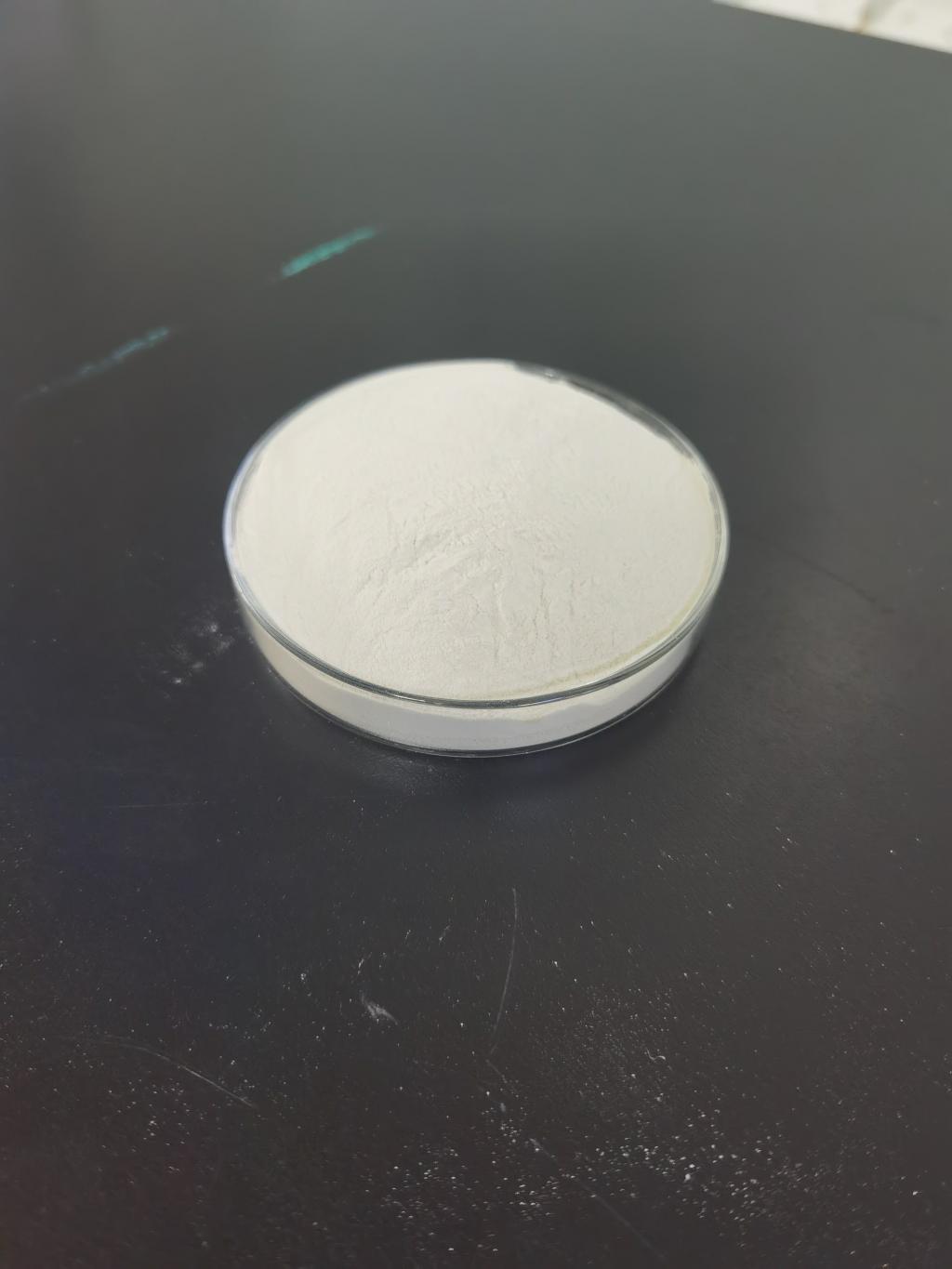Tel:+8618231198596

News
 CONTACT
CONTACT
 CONTACT
CONTACT
- Linkman:Linda Yao
- Tel: +8618231198596
- Email:linda.yao@dcpharma.cn
- Linkman:CHARLES.WANG
- Department:Overseas
- Tel: 0086 0311-85537378 0086 0311-85539701
News
Nisin: A Green Approach to Food Preservation.
TIME:2023-09-07
Nisin: Nature's Antimicrobial
Nisin is a naturally occurring antimicrobial peptide with a long history of use in the food industry. It is produced by certain strains of lactic acid bacteria, primarily Lactococcus lactis, which are commonly found in dairy products. Discovered in the early 20th century, nisin has garnered attention for its ability to inhibit the growth of a wide range of Gram-positive bacteria, including foodborne pathogens and spoilage organisms.
Mechanism of Action
Nisin exerts its antimicrobial activity through a unique mechanism. It targets the cell membrane of susceptible bacteria by binding to lipid II, a precursor molecule involved in bacterial cell wall synthesis. This binding leads to the formation of pores in the cell membrane, disrupting its integrity and ultimately causing cell death. This mode of action is highly effective against various harmful microorganisms while being safe for humans.
Nisin as a Green Alternative
The use of nisin in food preservation aligns with the principles of green and sustainable practices in several ways:
1. Natural Origin
Nisin is produced naturally by bacteria, making it a clean-label and minimally processed food additive. Consumers are increasingly seeking products with fewer synthetic chemicals and additives, and nisin fits this preference.
2. Reduced Chemical Additives
The antimicrobial properties of nisin reduce the need for synthetic chemical preservatives in food products. This reduces consumers' exposure to potentially harmful chemicals and addresses concerns about food safety.
3. Energy Efficiency
Unlike traditional high-temperature processing methods, nisin preservation often requires less energy, contributing to reduced carbon emissions and lower operational costs for food manufacturers.
4. Minimized Food Waste
By extending the shelf life of perishable products, nisin helps reduce food waste at both the consumer and industrial levels. This aligns with sustainability goals by conserving resources and reducing the environmental footprint of food production.
Applications of Nisin in Food Preservation
Nisin has found applications in various food products, contributing to their safety, shelf life extension, and reduced environmental impact. Some notable applications include:
1. Dairy Products
Nisin is commonly used in the preservation of dairy products, such as cheese and yogurt. In cheese production, it inhibits the growth of spoilage bacteria and molds, extending the product's shelf life. In yogurt, it prevents the growth of harmful bacteria while allowing beneficial probiotic cultures to thrive.
2. Meat and Poultry
Meat and poultry products are susceptible to spoilage and contamination by foodborne pathogens. Nisin is employed to increase the safety and shelf life of these products by inhibiting the growth of bacteria like Listeria monocytogenes.
3. Processed Foods
Processed foods, including canned goods, soups, and sauces, benefit from nisin as a natural preservative. By preventing the growth of spoilage microorganisms, nisin helps maintain product quality and safety.
4. Bakery Products
In baked goods like bread and pastries, nisin can extend freshness by inhibiting the growth of mold and yeast, reducing the likelihood of product spoilage and waste.
5. Beverage Industry
Even in the beverage industry, where microbial contamination can occur, nisin can be used to preserve the quality and safety of products like fruit juices and alcoholic beverages.
Challenges and Considerations
While nisin offers numerous advantages as a green alternative in food preservation, there are also challenges and considerations to address:
1. Regulatory Compliance
Nisin's use in food products is subject to regulatory approval in various regions. Food manufacturers must ensure compliance with safety standards and labeling regulations.
2. Sensitivity to Environmental Factors
Nisin's effectiveness can be influenced by environmental factors such as pH, temperature, and the presence of other food components. Formulating nisin-based preservation strategies for specific products and conditions may be necessary.
3. Consumer Acceptance
Consumer awareness and acceptance of nisin as a food preservative can vary. Educating consumers about the safety and benefits of nisin can help build trust and confidence in its use.
4. Preservation of a Wide Range of Products
While nisin is effective in many food categories, there may be limitations in its application for products with unique characteristics or preservation requirements.
Future Directions and Sustainability
The use of nisin in food preservation aligns with the growing demand for sustainable and environmentally friendly food practices. Looking ahead, several areas offer exciting opportunities for further research and development:
1. Combinations with Other Preservation Methods
Exploring synergistic combinations of nisin with other green preservation methods, such as high-pressure processing (HPP) or modified atmosphere packaging (MAP), can enhance overall effectiveness and reduce the need for traditional preservation methods.
2. Tailored Formulations
Developing customized nisin-based formulations for specific food products and processing conditions can optimize preservation efficacy while minimizing waste.
3. Sustainable Packaging
Integrating nisin with sustainable packaging solutions can further extend the shelf life of food products and reduce waste by creating a more holistic approach to preservation.
4. Consumer Education
Continued efforts to educate consumers about nisin and its role in food preservation can enhance acceptance and support for sustainable practices in the food industry.
Conclusion
Nisin represents a green and sustainable approach to food preservation that aligns with the principles of naturalness, reduced chemical additives, energy efficiency, and waste reduction. As consumers become more conscious of the environmental impact of food production, the use of nisin can contribute to a greener and more sustainable food industry. With ongoing research and innovation, nisin's role in reducing the environmental footprint of food preservation is poised to grow, benefiting both the industry and the planet.
- Tel:+8618231198596
- Whatsapp:18231198596
- Chat With Skype







